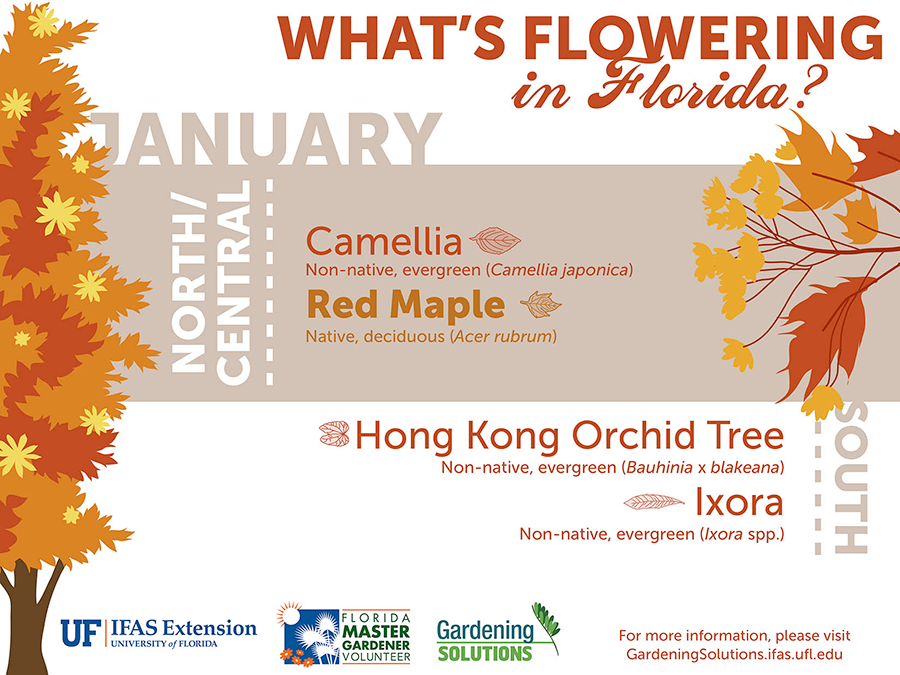Indicators It's Time To Remove A Tree - A House Owner'S Guide
Indicators It's Time To Remove A Tree - A House Owner'S Guide
Blog Article
Created By- tree service dallas include beauty and worth to building, but they can also posture a risk during extreme climate occasions. If a tree has quit growing, is displaying noticeable fungal development, or has a leaning trunk, it must be eliminated by a professional to avoid residential property damages and injury.
For more information, participate in a house owner resource reasonable co-hosted by HPD, the Center for New York City Neighborhoods, and Brooklyn-based real estate partners this evening in Bedford-Stuyvesant. The occasion will include the Homeowner Handbook, a brand-new guide to help homeowners navigate the obligations of having a home.
1. Dead or Dying Branches
Trees are an essential part of your home's landscape, supplying shade and elegance. They additionally offer sanctuary for wildlife and create oxygen, yet even healthy and balanced trees can experience illness that might necessitate their removal. Dead or dying trees aren't simply unattractive, they can be dangerous. Their branches could drop during a tornado, bring about expensive home damages and injuries.
When https://treestumpandrootremoval95172.jaiblogs.com/56295478/ensuring-a-smooth-tree-removal-experience-professional-advice start to pass away, it suggests that its structure is beginning to break down. If most of its branches are dead, it is likely time to remove it.
Look for a lack of brand-new development, bark peeling, open injuries or tooth cavities, fungis growing on the trunk or origins and a basic appearance of decay in the entire canopy. These signs of infection can suggest a serious issue that will certainly require specialist tree solutions to settle.
2. Leaning Trunk
While it's normal for trees to lean periodically as a result of phototropism, if a tree has an unsafe or severe lean that's not due to natural processes - maybe a sign that the tree requires to be gotten rid of. If the tree is leaning toward a power line, home, vehicle, play framework or any other location that could be unsafe to people if it drops, after that speaking to a professional tree solution for removal must be a leading priority.
It's likewise crucial to look for any type of sudden changes in a tree's leaning as it can suggest damage to the origins or trunk that might lead to falling. This is especially real throughout thundercloud, because high winds and rain-soaked soil can trigger a lean to transform quickly. Regular tracking, specifically throughout and after storms can help property owners acknowledge potential problems with their trees so they can call an arborist for an extensive assessment.
3. Pest Problem
Some pest infestations, such as wood-boring insects like emerald ash borer or sap-suckers like range bugs, are so extreme that they can create a tree to pass away. The best method to stop pest invasion is to monitor your trees on a regular basis. Seek areas, holes, or discolorations in the fallen leaves and bark. Take maientance at the trunk for splits and indicators of insect damages, such as tunnels or tracks.
If a tree comes to be also infested with bugs, or is close to a home or power lines, an arborist may recommend removal. If a leaning tree develops a new, unstable lean, an arborist will likely recommend elimination as well to make sure the security of people and building. If a weakened or dead tree constantly sheds extreme branches, it is a sign that it is time to get rid of the tree. If a tree remains to drop branches for an extended amount of time, it can result in architectural issues and possible residential property damages.
4. Damaged https://www.cpr.org/2019/07/22/colorado-xeriscape-isnt-rock-cactus-sustainable-landscaping/ are a stunning and fundamental part of our landscape, but they do need routine care to keep them healthy and risk-free. If a tree is harmed irreparable it is likely time for it to find down.
Look for indications of damage to the trunk, including vertical fractures, seams, dead branch stubs, noticeable injuries or open dental caries and severe tree-rot. The presence of fungi at the base of the trunk is one more cautioning sign. Fungis might indicate that the phloem and xylem (life-support tissues) are compromised, enabling the spread of disease or a future failure.
Additionally, take into consideration whether the tree has stopped expanding. Healthy and balanced trees will have brand-new development every year, which might show up as buds or branches growing and prolonging. If you do not see any kind of brand-new development, it's an excellent idea to have an arborist examine the tree and follow their suggestion for elimination. A passing away or damaged tree can drop and trigger property damage.